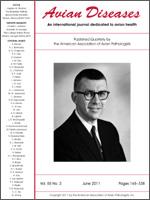Articles (7)
Regular Articles (19)
Research Notes (5)
Case Reports (2)
Errata (2)

No abstract available
No abstract available
No abstract available
No abstract available
No abstract available
No abstract available
No abstract available
No abstract available
No abstract available
